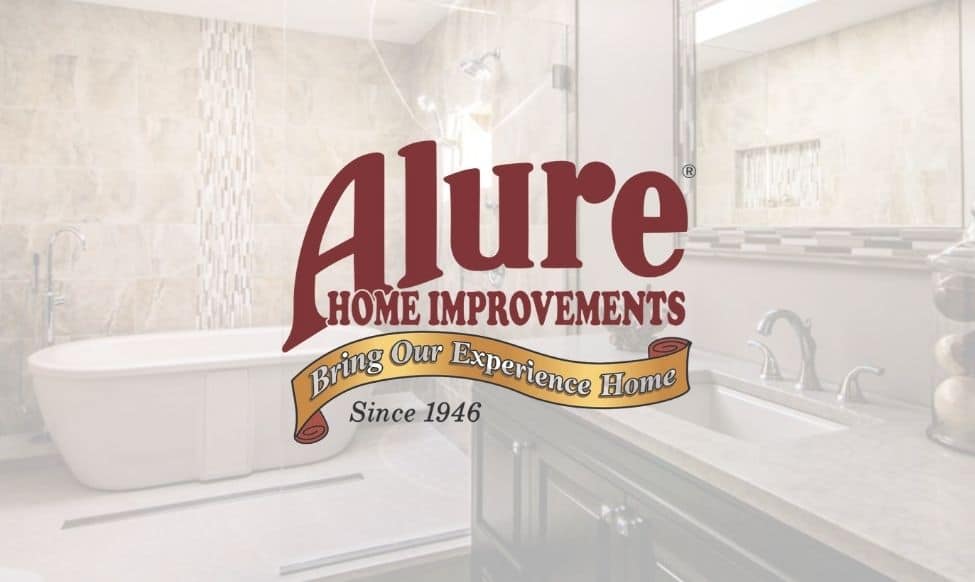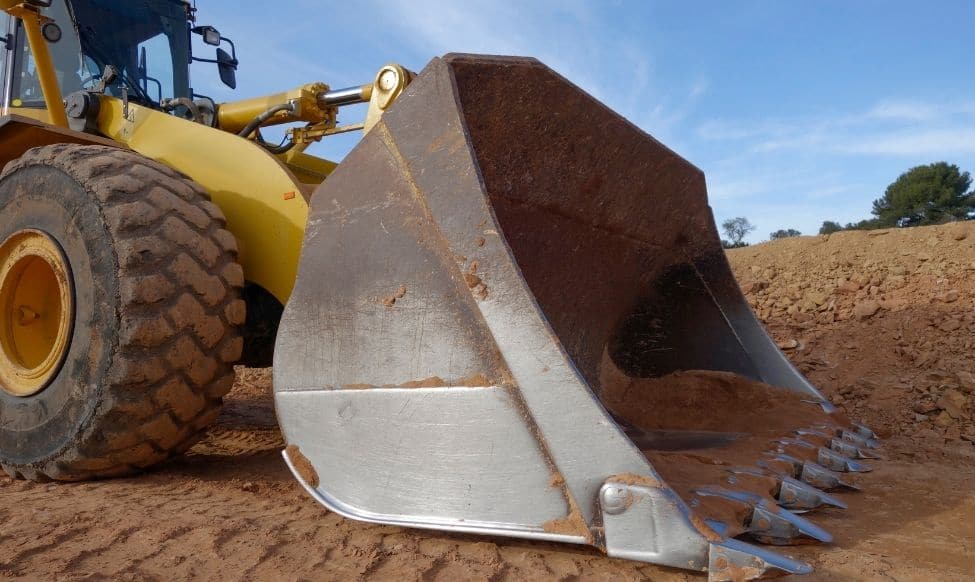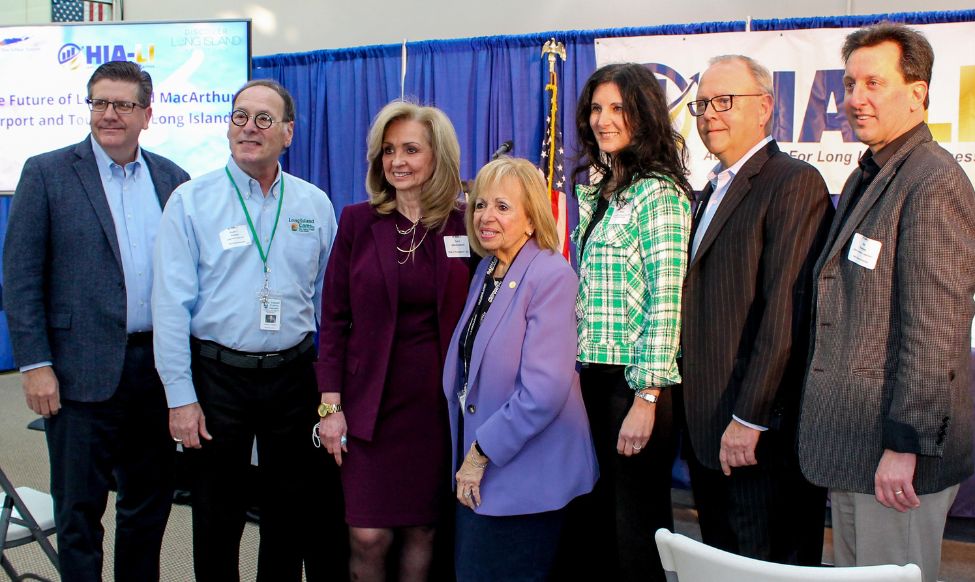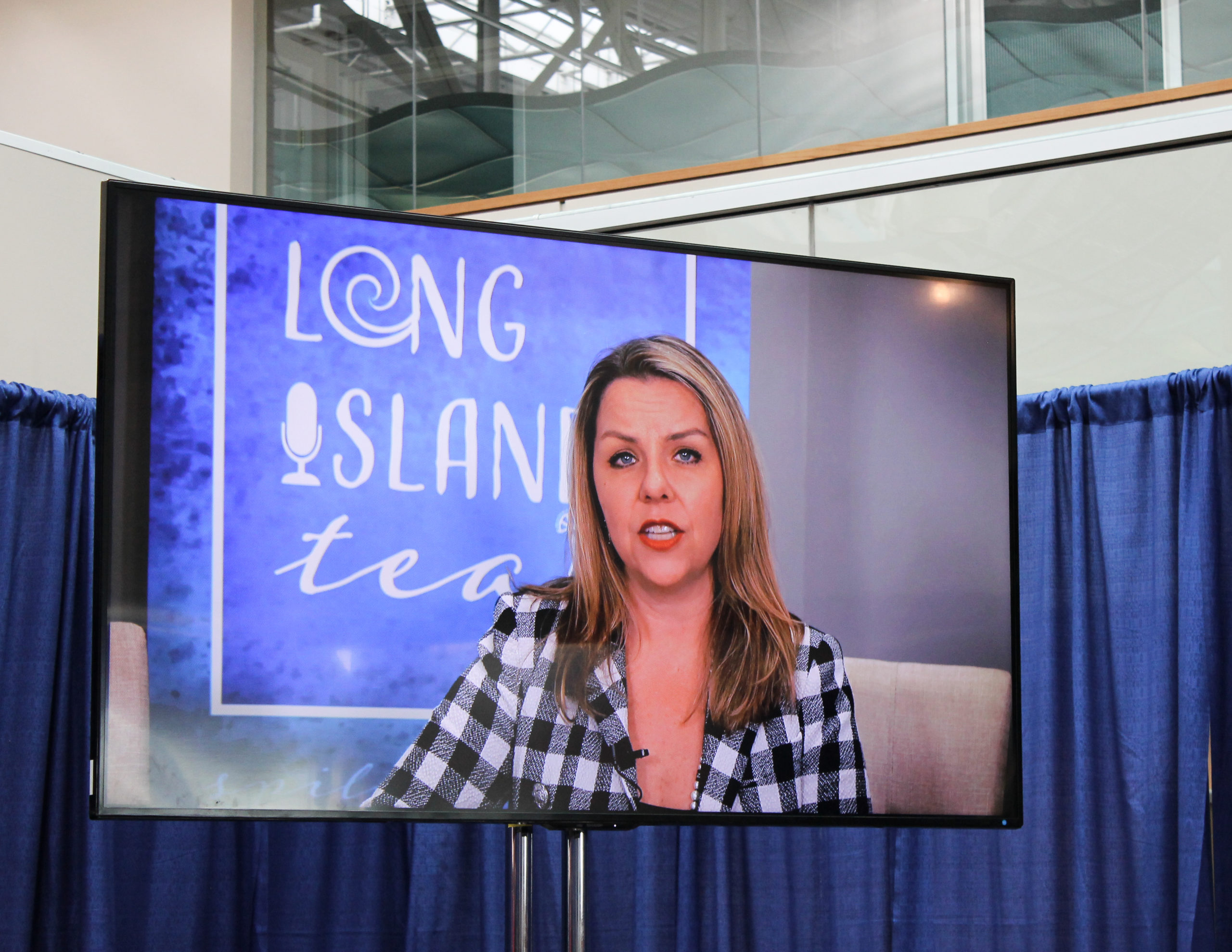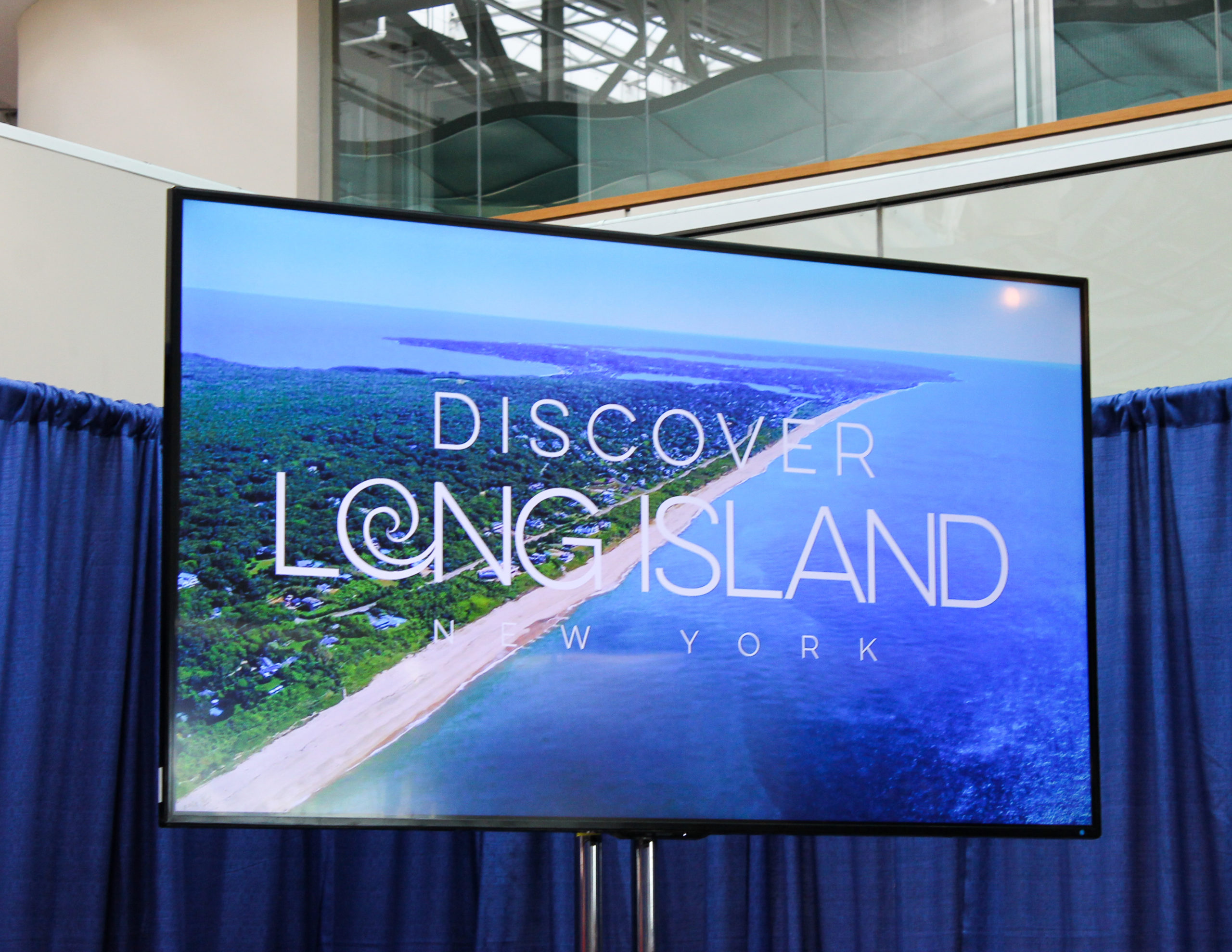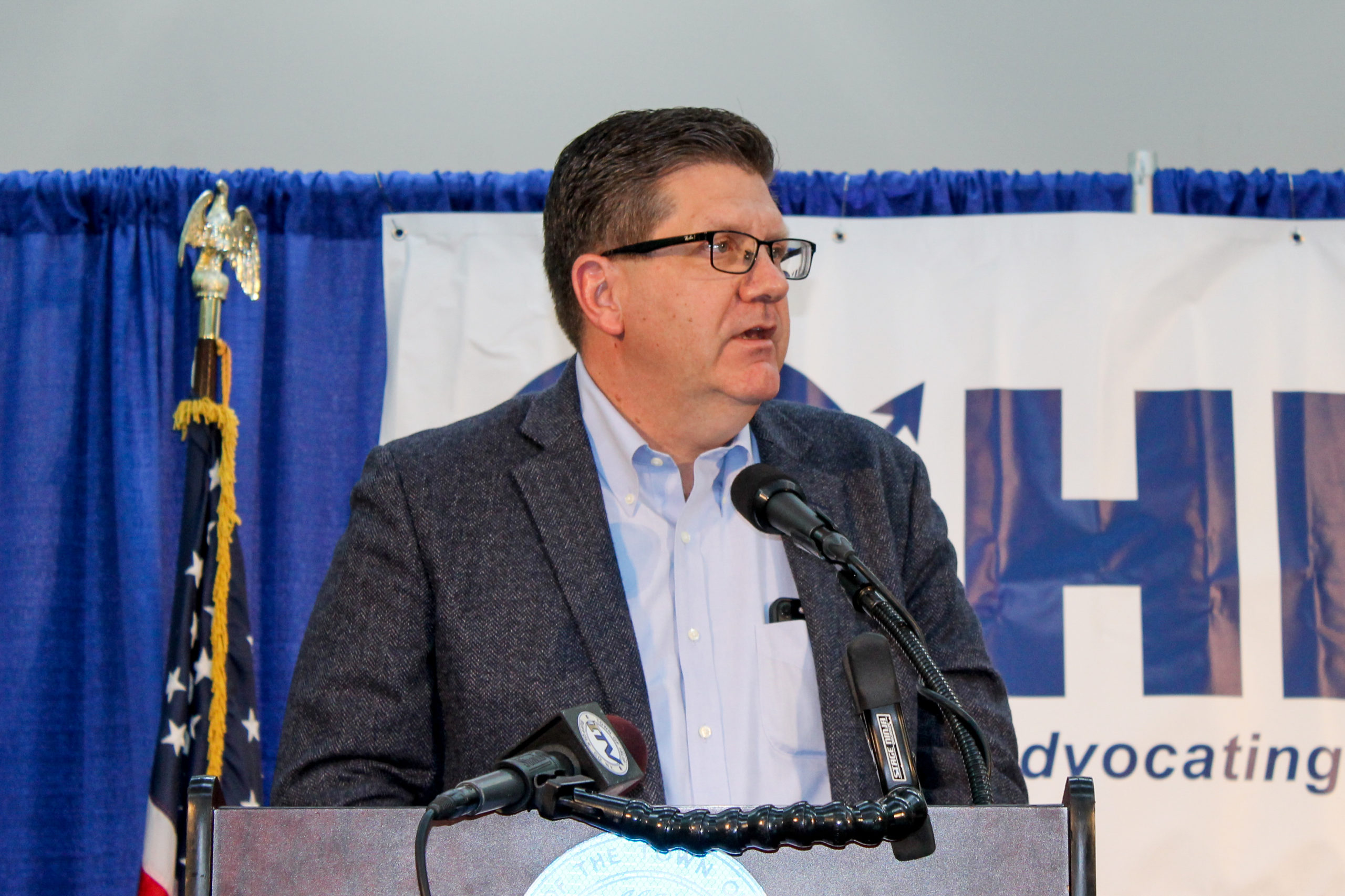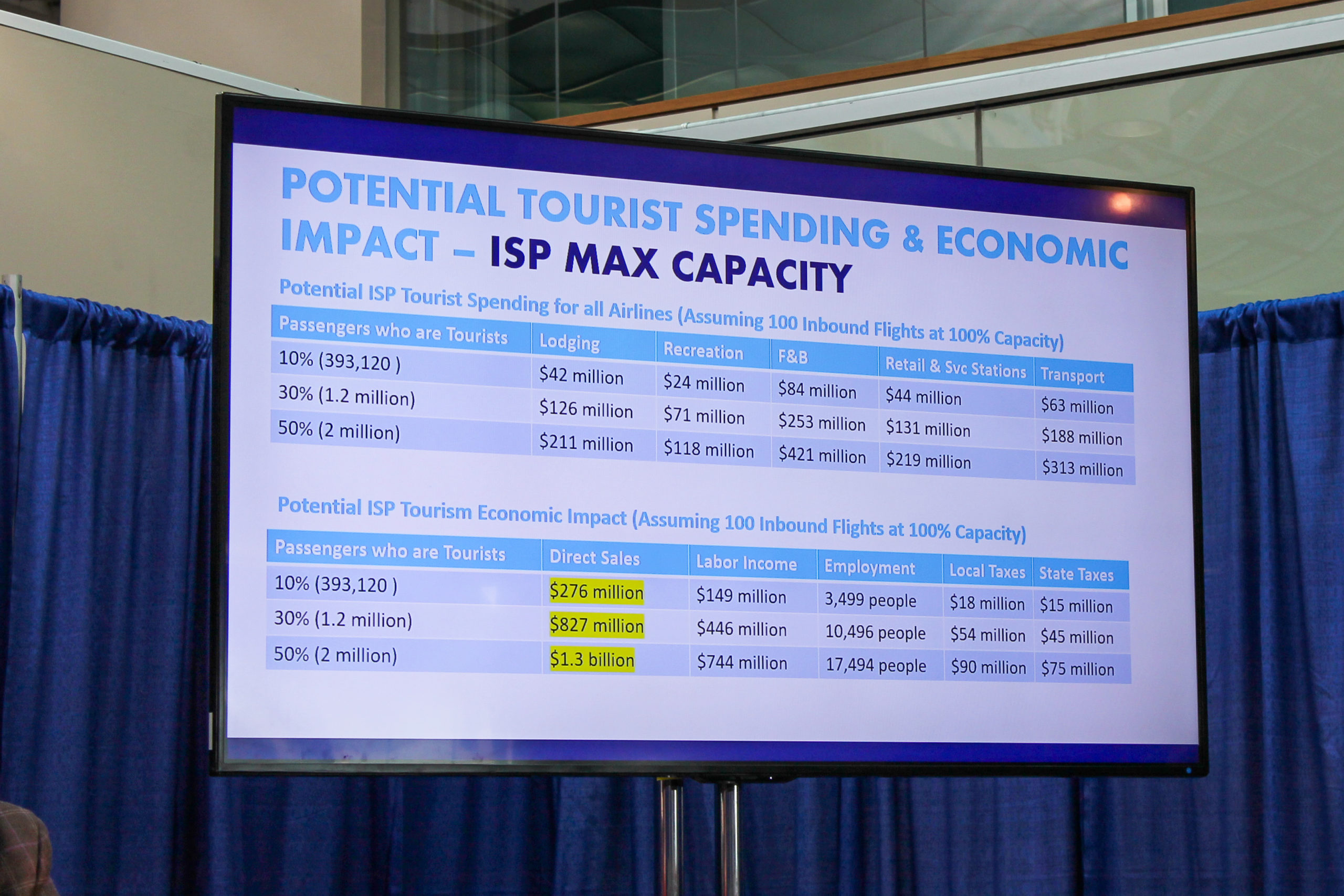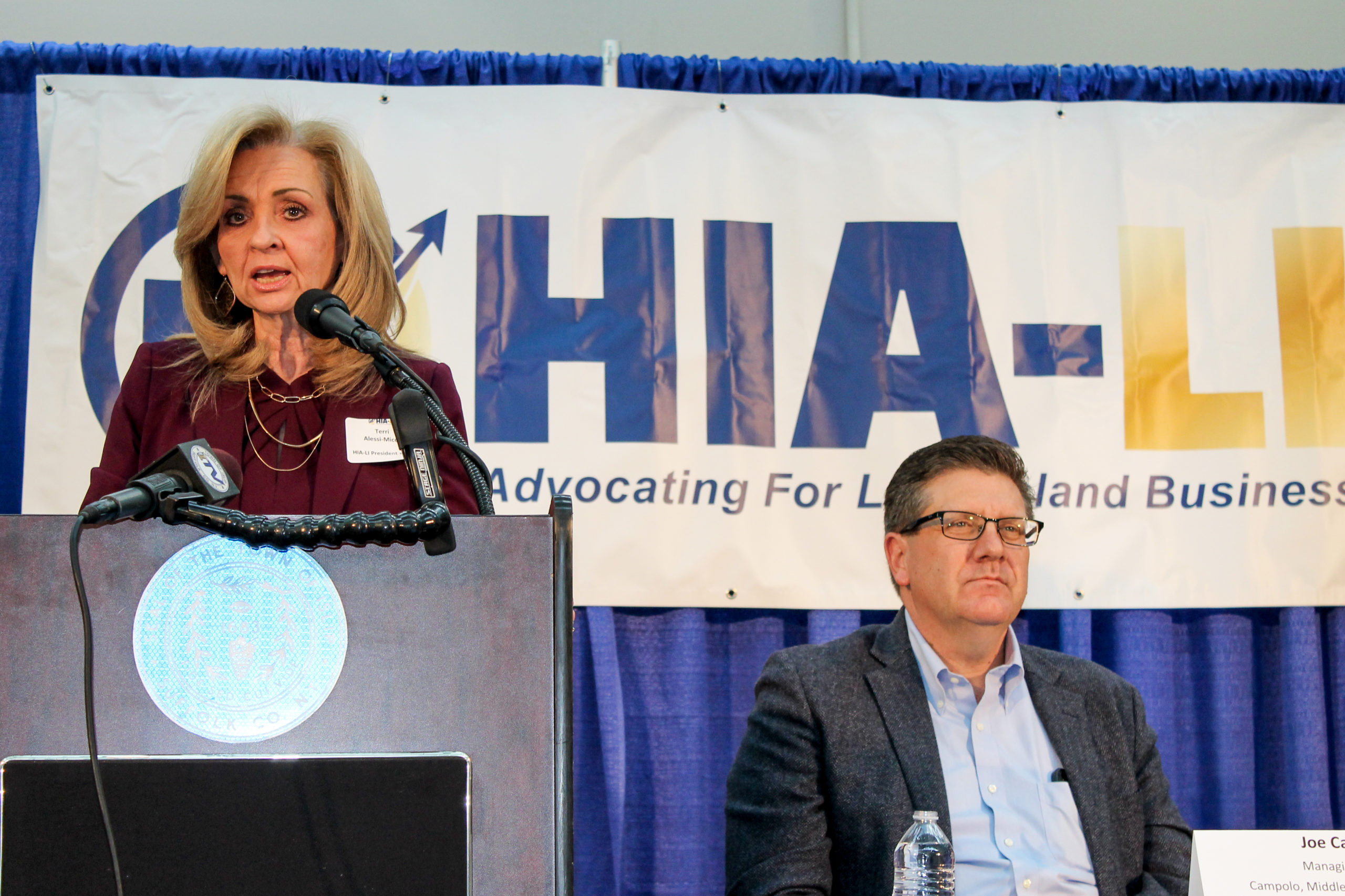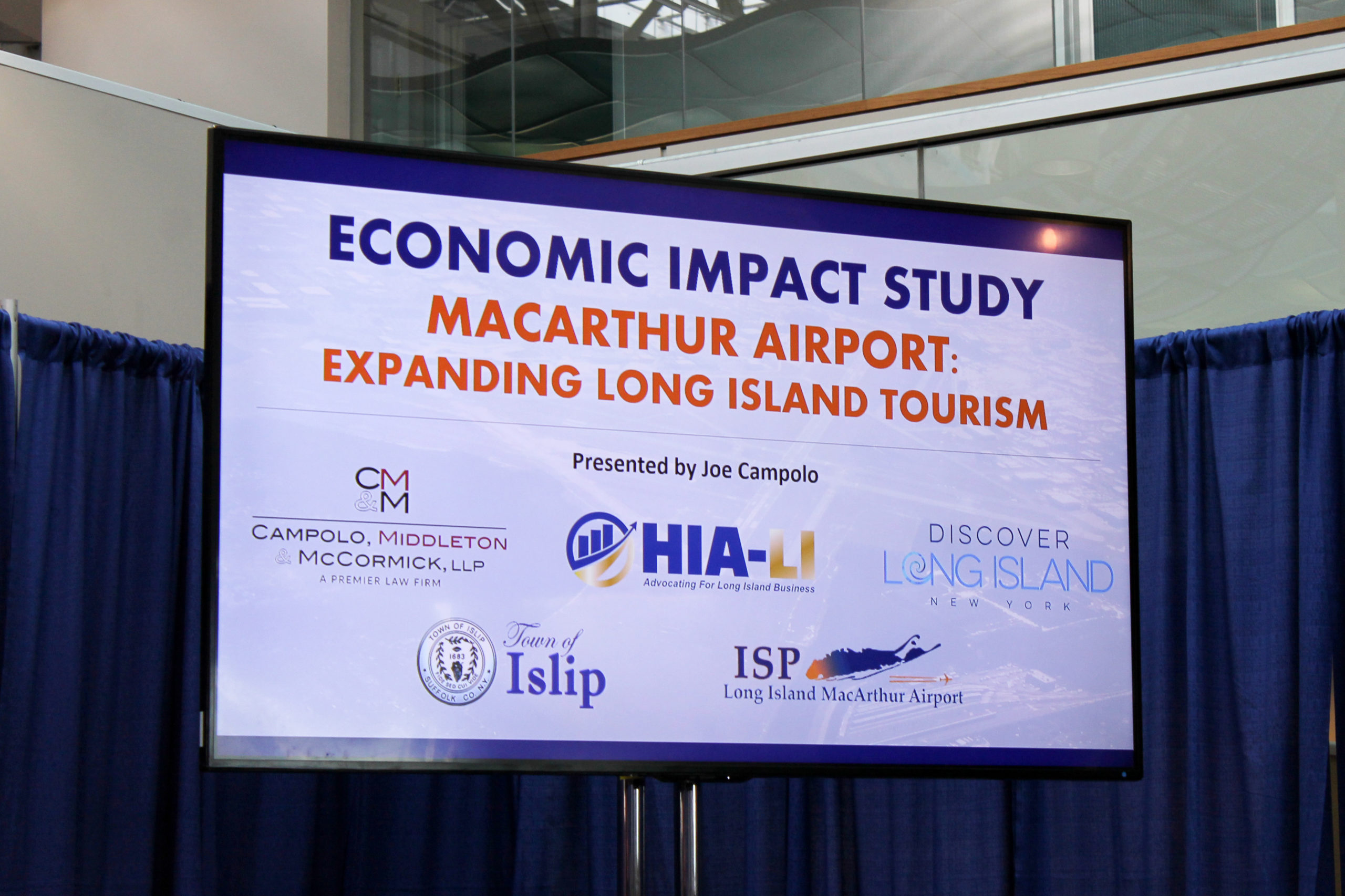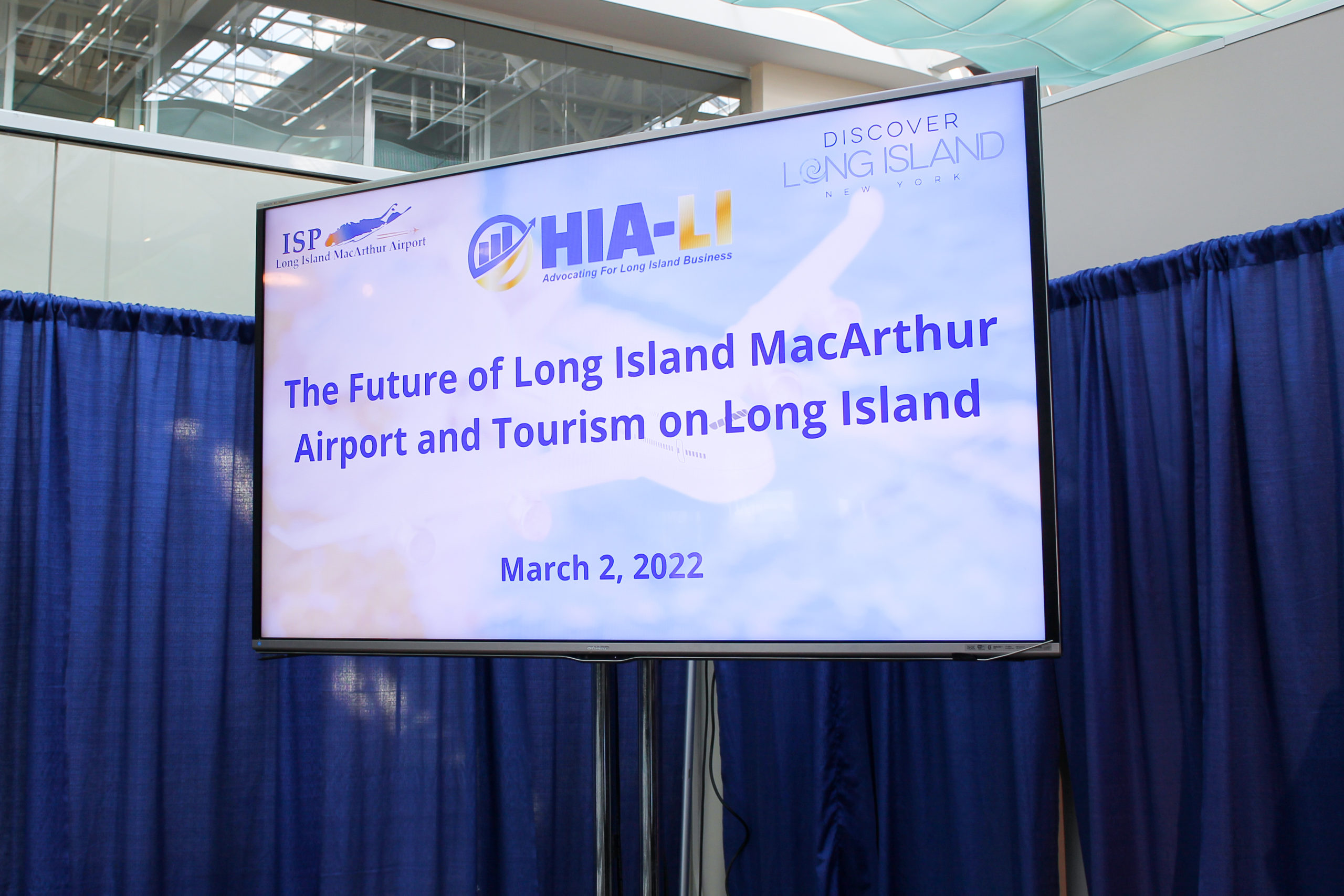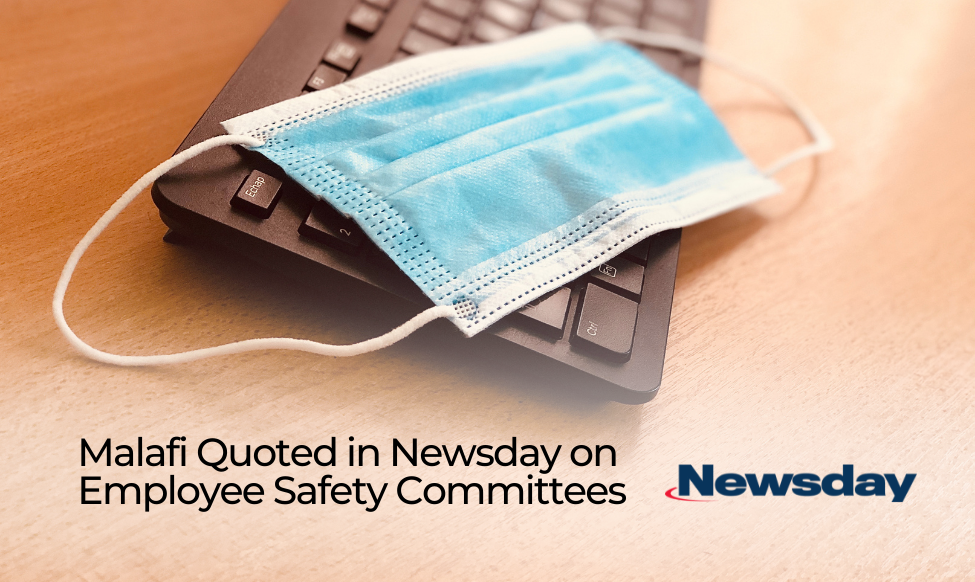Did you know that in 2020, Suffolk County had the most motor vehicle crashes in New York State?
According to the Institute for Traffic Safety Management and Research in Albany, 113 people died in traffic accidents in Suffolk County in 2020 with a total of 32,154 reported accidents. Nassau County was not far behind with 78 fatalities, just behind Queens. Being in a car accident can be a frightening experience, and since Long Island’s two counties are among the top three in New York State for auto fatalities, it’s important to be prepared and know what to do in the event of a Long Island car accident.
Steps to Take After a Long Island Car Accident
After a car accident, it’s normal to feel overwhelmed and confused, especially if you’ve never been in a car accident before. In the moment, everything can feel like a blur, and you might not know what to do immediately after the accident occurs. While every car accident is different, here are some of the crucial steps to take after a Long Island car crash:
1. Assess Your Surroundings
When an accident happens, it’s important to assess your surroundings. If you’re on a road where it’s safe to do so, and your car is operational, move your car from the travel lanes. If you cannot move your car, assess whether it is safe to stay in the vehicle or if it’s better to leave the vehicle and safely wait for emergency personnel off the road.
2. Call the Police or 911
Unless you’re in a truly minor accident that only requires exchanging information with the driver, call the police or 911. Make sure to give the dispatcher relevant information about the crash to determine the appropriate emergency responders needed on the scene. After the responding officers prepare a report, be sure to get a field report or at least the “CC#” that’s located at the top of a field report. Then, you can obtain the full accident report through the police department that responded to your accident.
The Suffolk County Police Department details their process on obtaining a crash report on their website through either visiting the Suffolk County Police Headquarters or their online request website. The Nassau County Police Department has its own process through an online request website.
A copy of an accident report can also be ordered directly from the New York State Department of Motor Vehicles. For accidents that occur on Long Island’s East End, within the five boroughs of New York City, or elsewhere, please contact us for guidance as the process may differ depending on where the accident occurred.
3. Take Pictures
It’s a good idea to take pictures of the vehicles involved in the crash if you are safely able to do so without interfering with any first responders on the scene. Make sure to capture the damage to your own vehicle as well as the other vehicles involved. Car accidents can be complex, but insurance companies will assess the damage and who is at fault. Insurance companies usually rely on witnesses and evidence to determine fault in auto accidents. Evidence includes traffic cameras, photos, injuries, and skid marks of vehicles.
4. Get Examined
If you are injured during a car crash, take advantage of the medical attention offered at the scene. If you experience any symptoms after the crash that you think might be related, seek medical attention as soon as possible by visiting your own doctor or, if the symptoms are severe enough, visit your local hospital emergency department. If you wish to pursue a case, it is important to timely begin documenting your injuries.
5. Report the Accident to Insurance
When you report your car accident to your insurance carrier, make sure to request a No-Fault application. Since New York is a state with No-Fault insurance coverage, your motor vehicle accident-related expenses may be covered no matter who was at fault for the accident. A claim for No-Fault benefits must be filed within thirty days after the date of the accident.
6. Speak with a Long Island Car Accident Lawyer
Navigating insurance claims and personal injuries after a car accident can be a stressful task. CMM has successfully represented clients in personal injury matters stemming from Long Island car accidents for decades, with multiple seven-figure case resolutions.
Contact us today to make sure your rights are protected.



